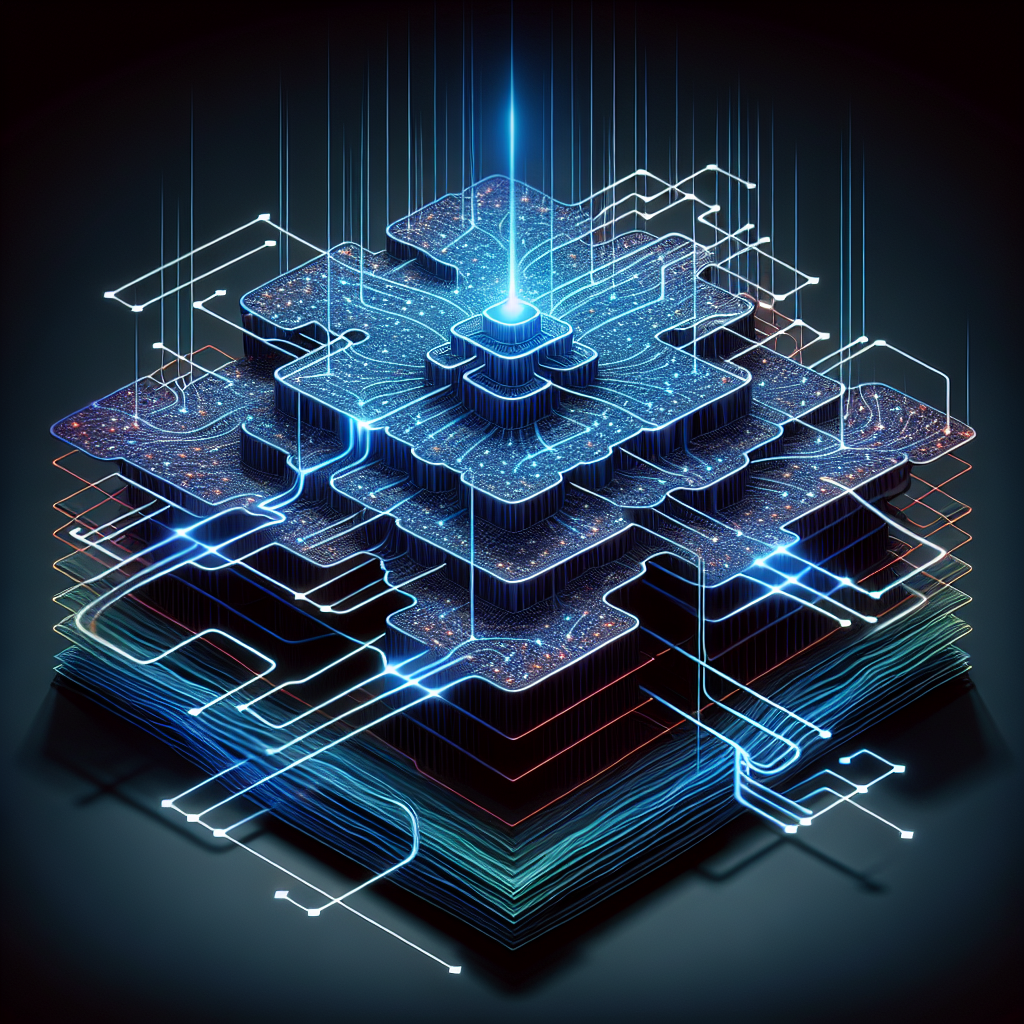Your cart is currently empty!
Unlocking the Power of Neural Networks: An Introduction to Deep Learning with CNNs

Deep learning has revolutionized the field of artificial intelligence in recent years, allowing machines to learn complex patterns and make decisions without explicit programming. One of the most powerful tools in deep learning is the convolutional neural network (CNN), which has been used to achieve groundbreaking results in image recognition, speech recognition, and natural language processing.
CNNs are a type of neural network that is inspired by the organization of the animal visual cortex. They consist of multiple layers of neurons that process visual information in a hierarchical manner, with each layer extracting increasingly complex features from the input data. This hierarchical structure allows CNNs to learn patterns at different levels of abstraction, making them highly effective at tasks such as object recognition and image classification.
One of the key features of CNNs is the use of convolutional layers, which apply filters to the input data to extract features such as edges, textures, and shapes. These filters are learned during the training process, allowing the network to adapt to the specific features of the input data. In addition to convolutional layers, CNNs also typically include pooling layers, which down-sample the data to reduce the computational complexity of the network, and fully connected layers, which perform the final classification or regression task.
Training a CNN involves feeding it with labeled data and adjusting the weights of the network to minimize the error between the predicted output and the ground truth labels. This process is typically done using a technique called backpropagation, which calculates the gradient of the loss function with respect to the network weights and updates them using an optimization algorithm such as stochastic gradient descent.
CNNs have been used to achieve state-of-the-art results in a wide range of applications, including image recognition, object detection, and natural language processing. For example, CNNs have been used to build self-driving cars that can detect pedestrians, other vehicles, and traffic signs in real-time, as well as to develop systems that can accurately transcribe speech and translate languages.
In conclusion, CNNs are a powerful tool for unlocking the potential of deep learning and pushing the boundaries of artificial intelligence. By leveraging their hierarchical structure and ability to learn complex patterns, CNNs have enabled breakthroughs in a wide range of applications and are poised to continue driving innovation in the field of AI. Whether you’re a researcher, developer, or enthusiast, learning how to harness the power of CNNs can open up a world of possibilities in the exciting and rapidly evolving field of deep learning.
#Unlocking #Power #Neural #Networks #Introduction #Deep #Learning #CNNs,understanding deep learning: building machine learning systems with pytorch
and tensorflow: from neural networks (cnn

Leave a Reply